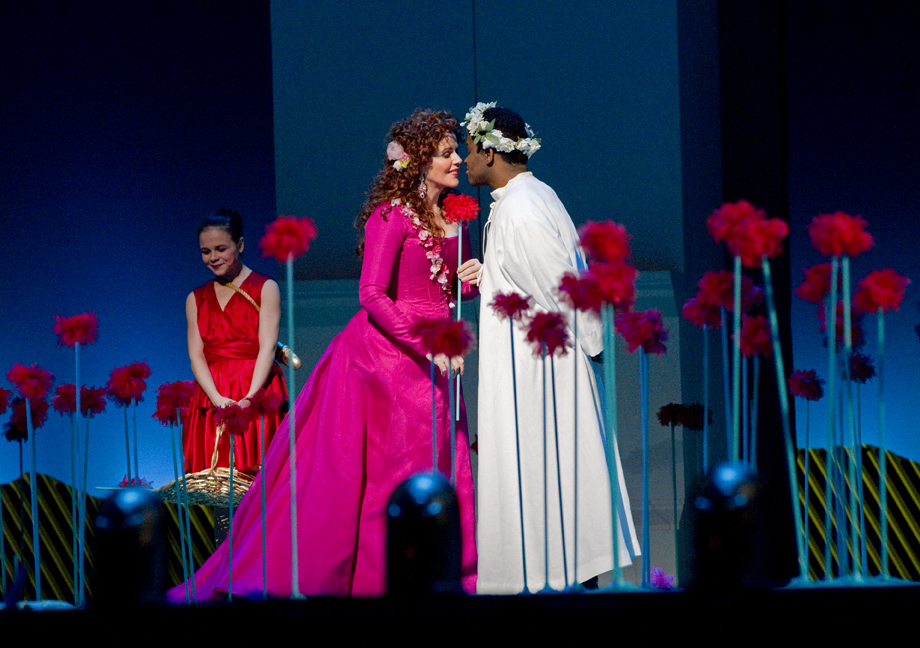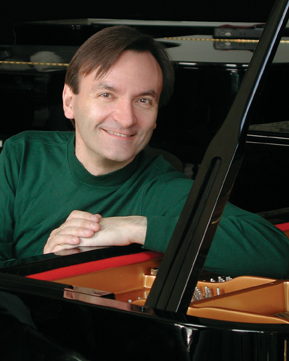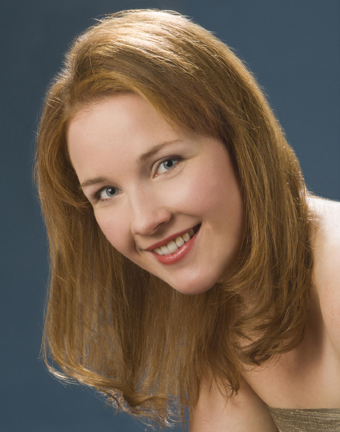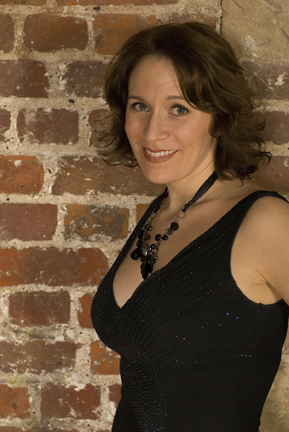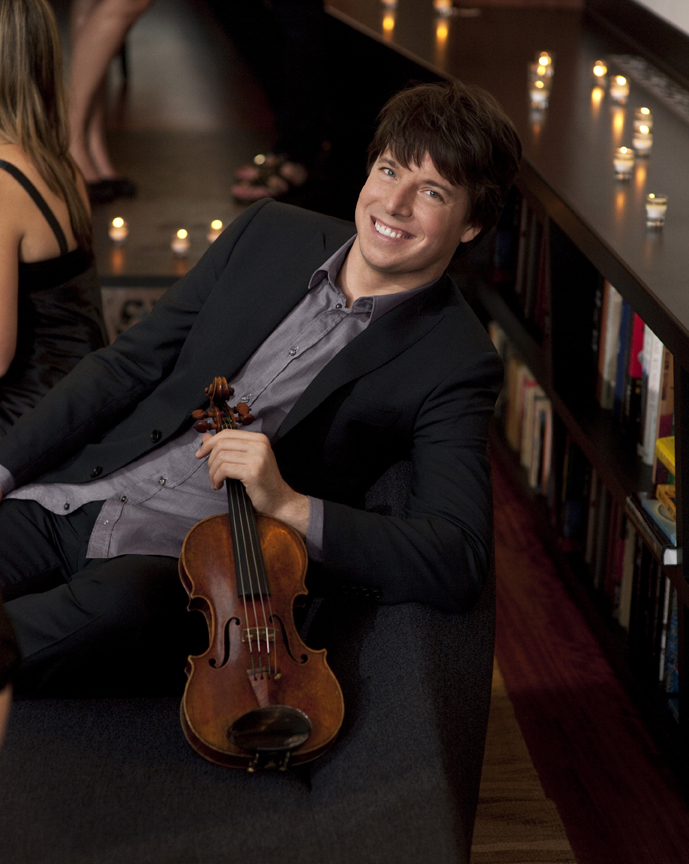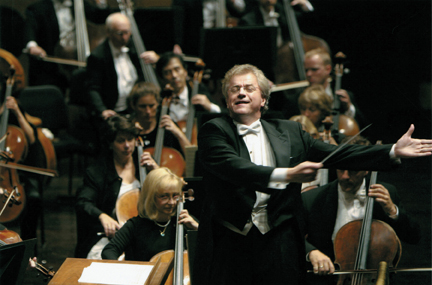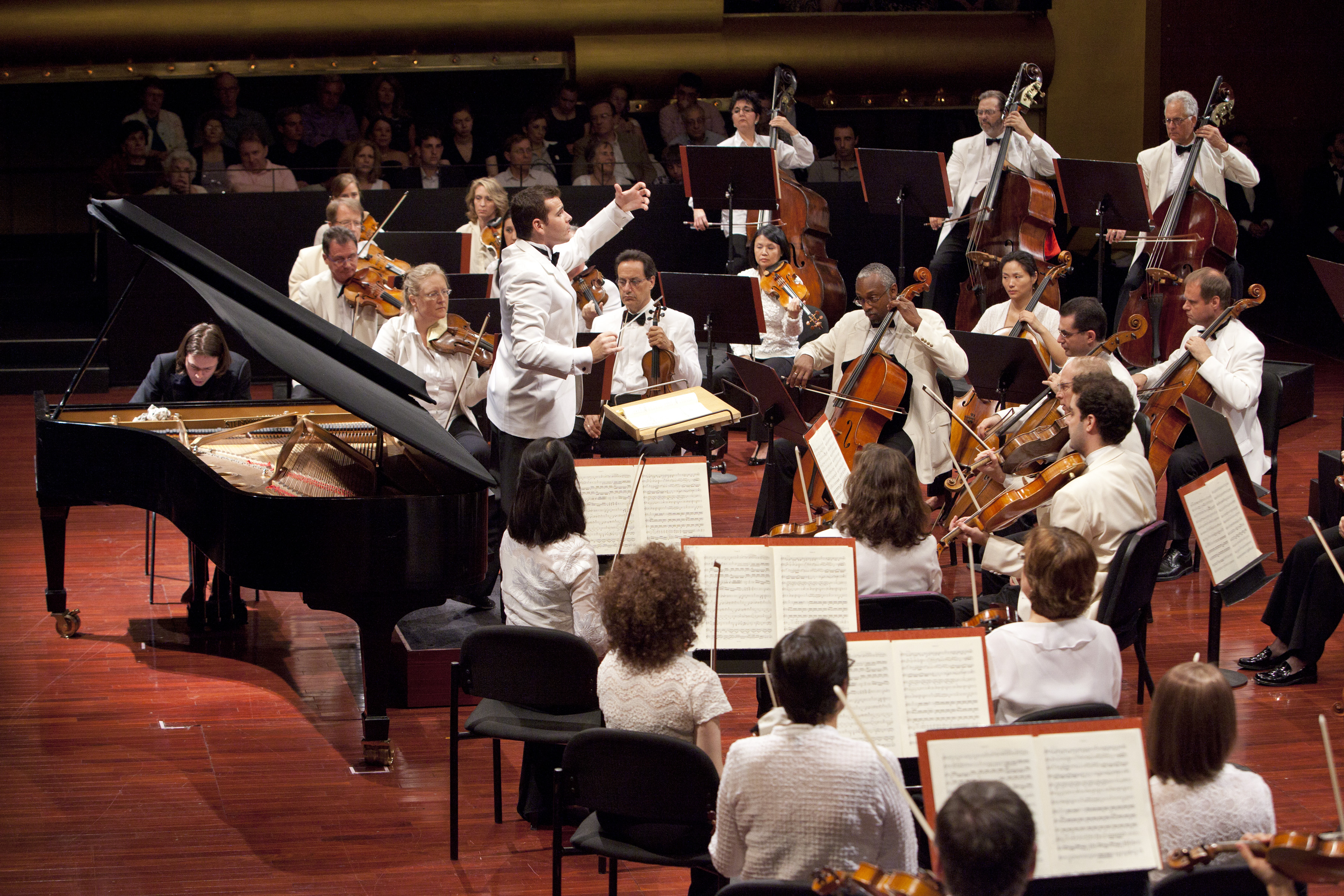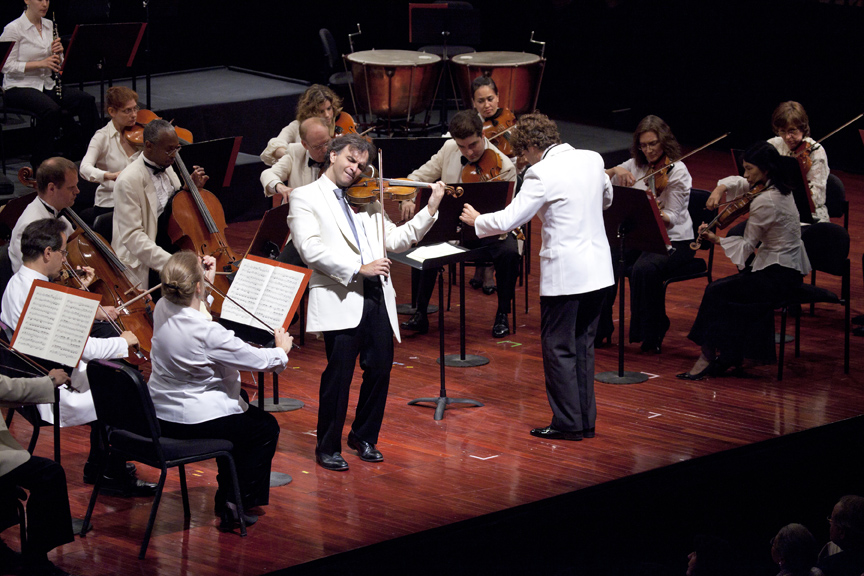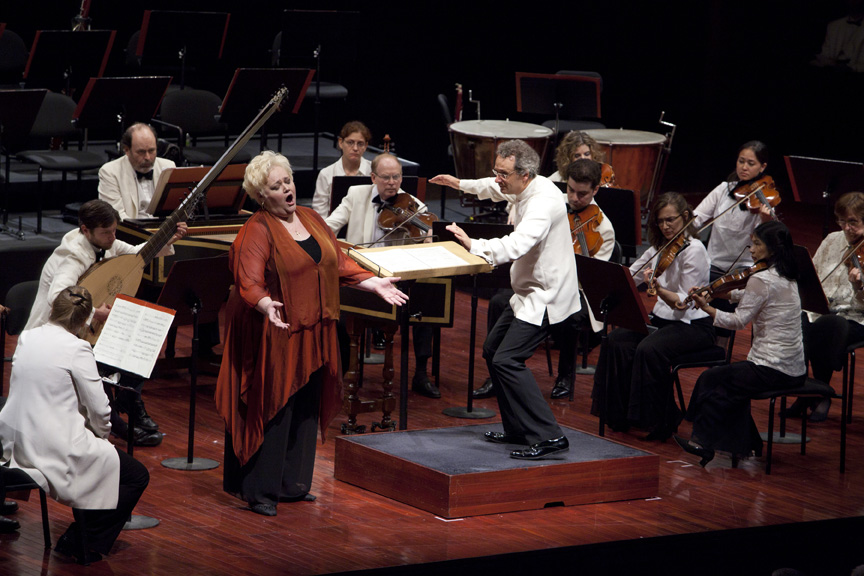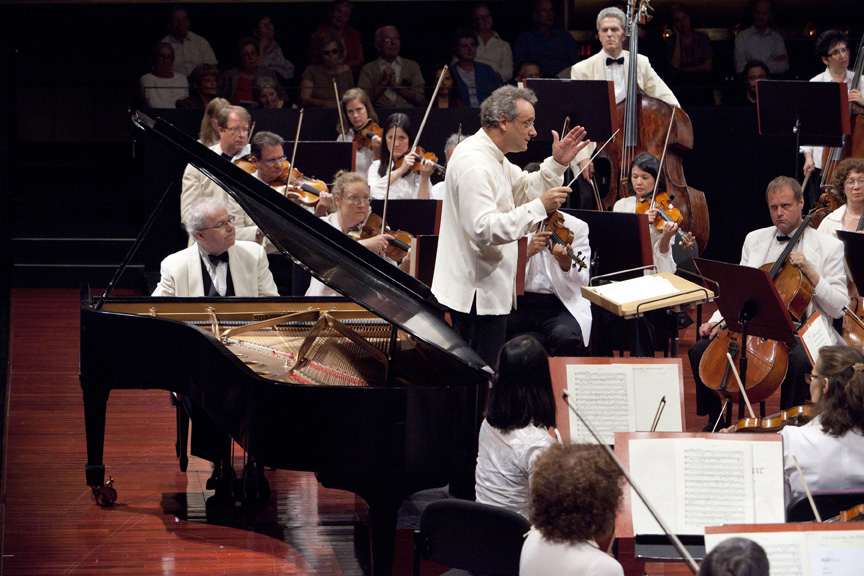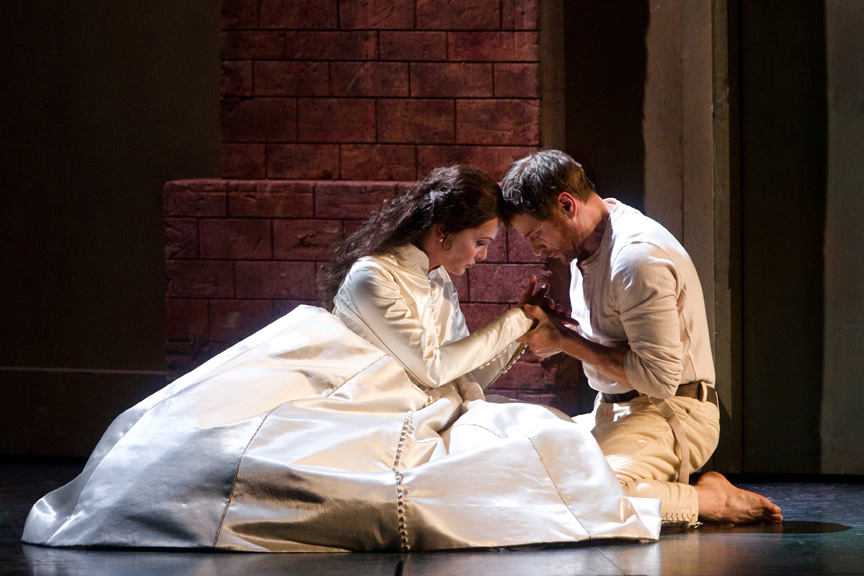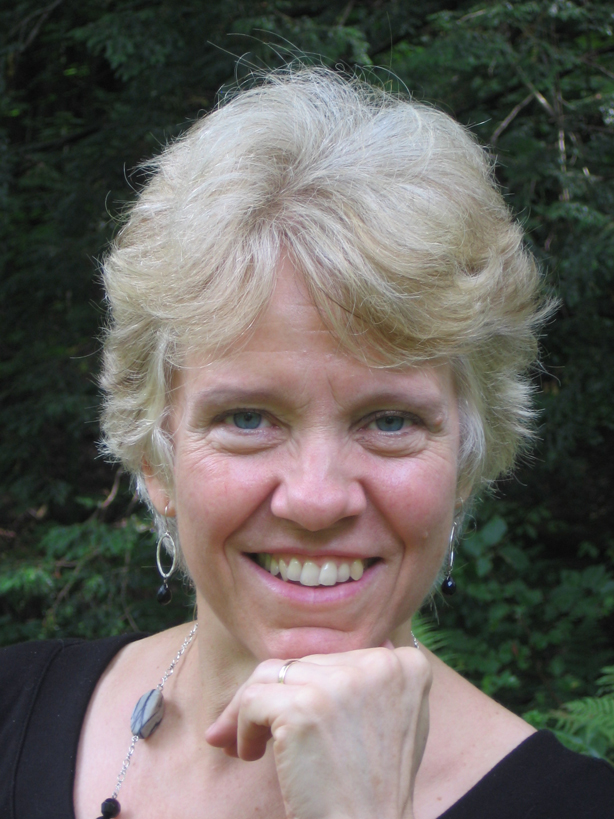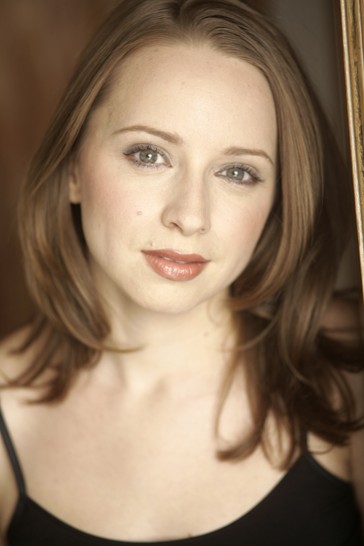Great Performances at the MET
Armida (1817)Music by Gioachino Rossini (1792-1864)
Libretto by Giovanni Schmidt
Production: Mary Zimmerman
Conductor: Ricardo Frizza
Choreographer: Graciela Daniele
Set & costume designer: Richard Hudson
Armida: Renée Fleming
Rinaldo: Lawrence Brownlee
Goffredo: John Osborn
Gernanco: José Manuel Zapata
Carlo: Barry Banks
Ubaldo: Kobie van Rensburg
Telecast on Channel 13 PBS: August 18, 2010
“Armida” is one of Rossini’s less familiar operas. It requires not only a soprano who combines dramatic power with brilliant coloratura, but includes no fewer than six tenor roles (shared in this production by five singers) demanding a stratospheric range, bel canto lyricism and ringing heroics. No wonder it is so rarely performed. Created for Renée Fleming at her request, this new MET production was a vocal and visual bonanza.
The story takes place during the Crusades, but evokes legends of earlier times. Princess Armida is a beautiful sorceress who lures men to her magic island (think Circe) and holds them captive in her luxurious palace (think Venus’ Mountain), entertaining them with music and dancing. This offers opportunities for spectacular scenery and ballet sequences, first by a group of demons with horns and long tails, then by wave upon wave of gorgeously costumed dancers. Armida finds the crusading knights easy prey, but falls in love with Rinaldo, the army’s general, when he succumbs to her spell. He has to be extricated by fervent appeals to duty and honor – unlike Tannhäuser, who abandons Venus because he has become bored – leaving Armida devastated.
The opera begins with a dark, ominous Overture notable for its colorful woodwind solos, performed most impressively by the principal players. Generally, though, the music is not top-level Rossini in invention or originality; indeed, whenever an arresting passage emerges, it bears a definite resemblance to “The Barber of Seville.” The vocal lines are designed primarily for maximal technical display with brilliant, florid ornamentation, not for melodic beauty or delineation of character. Armida, of course, gets the lion’s (or lioness’) share of pyrotechnics, but the tenors are not far behind: they seem to vie for the top notes and most spectacular coloratura. One might almost call the opera “The Battle of the Tenors,” and in fact one of them soon slays another (over an insult, not the highest note).
The singing in this performance was truly stunning. Renée Fleming, whose physical beauty made her a very convincing seductress, sometimes seemed a bit overwhelmed by the sheer length and intensity of her role, but sang with enormous virtuosity and abandon. The tenors dispatched their vocal fireworks with incredible bravura; Lawrence Brownlee made a real character of Rinaldo, the most demanding role musically and dramatically.
For these telecasts, the MET invites one of its stars to introduce the opera, and also to interview one or more of the principals during intermission. This requires stopping tired cast members on their way to the dressing room and subjecting them to usually inane questions about their feelings for the role they are performing – an imposition on the singers, who clearly yearn to be left alone, rest their voices and concentrate on the next act. Fleming could hardly contain her impatience to get away, though, although in an earlier telecast, she herself had interviewed Simon Keenlyside, a hot and weary “Hamlet,” who was reacting in exactly the same way. Could these interviews not be taped at some time other than during the performance? Though this might cause some loss of immediacy, it would save the singers – and many empathetic viewers – a lot of discomfort.

